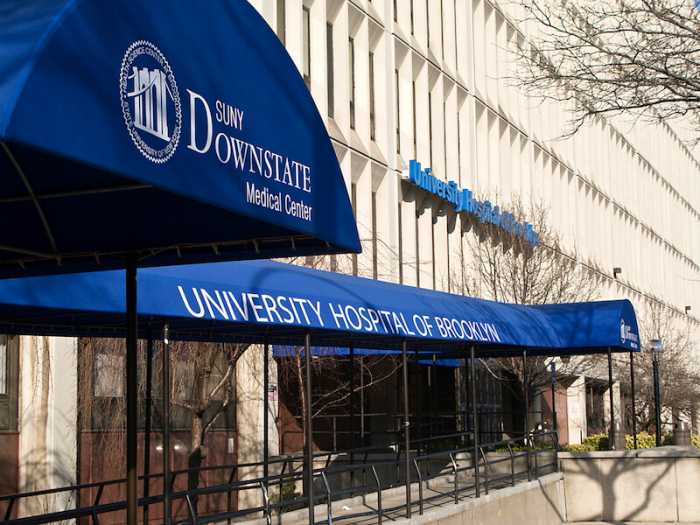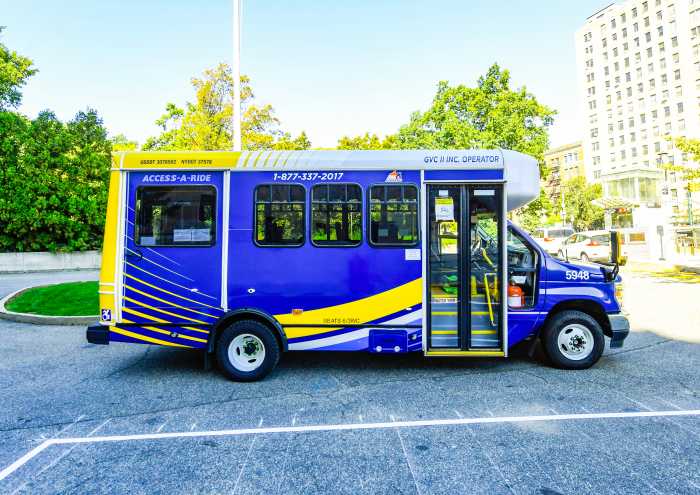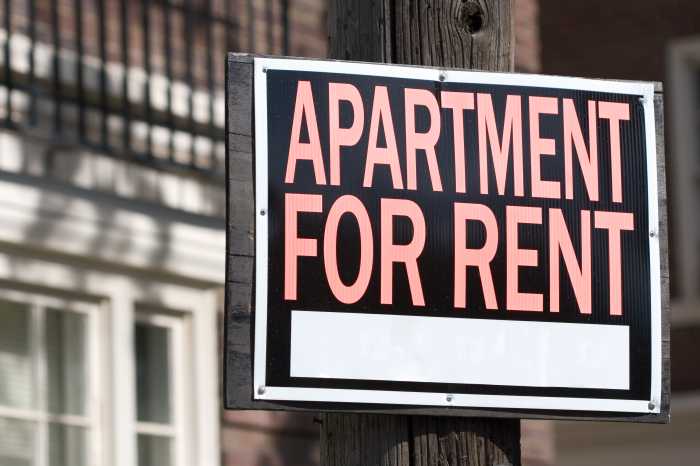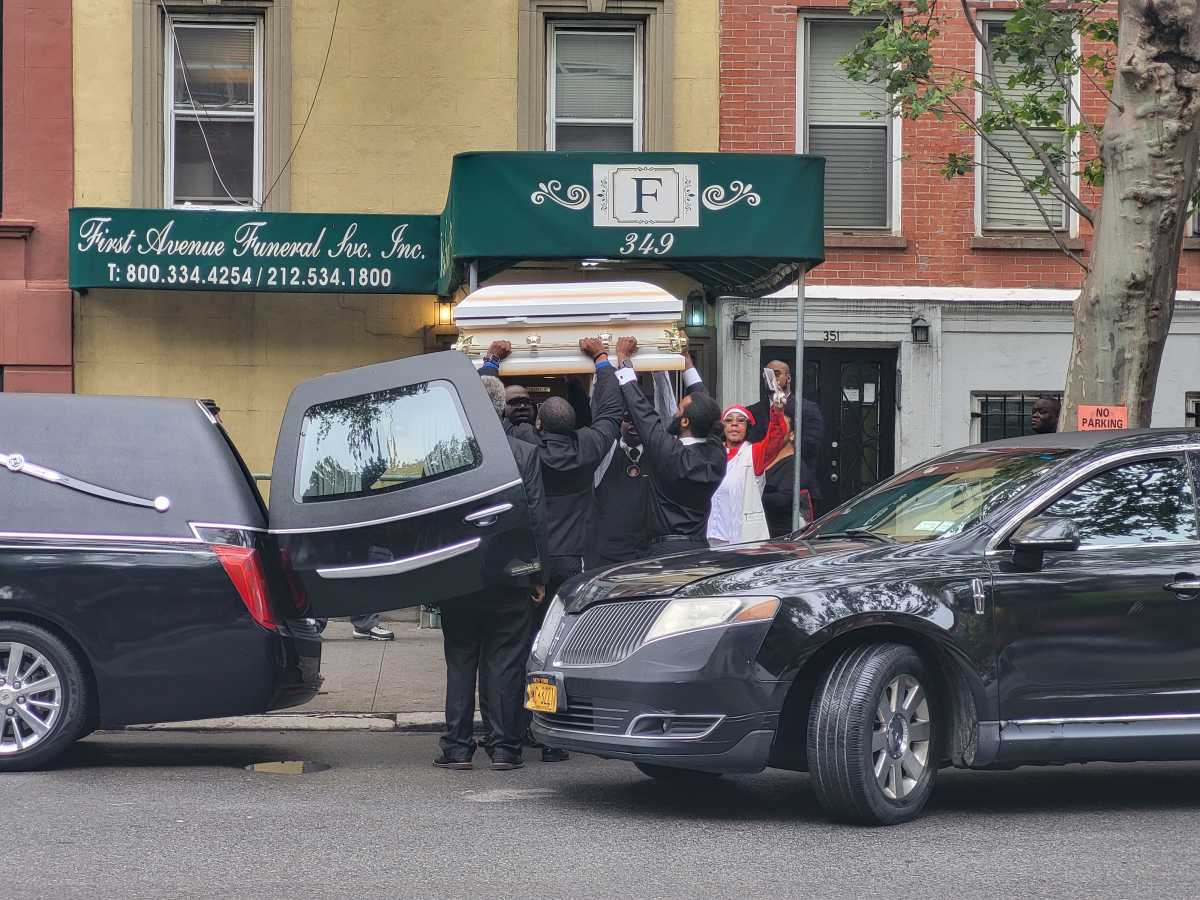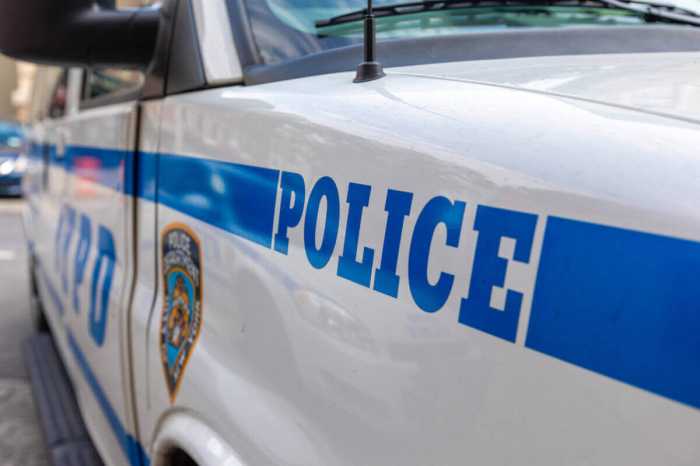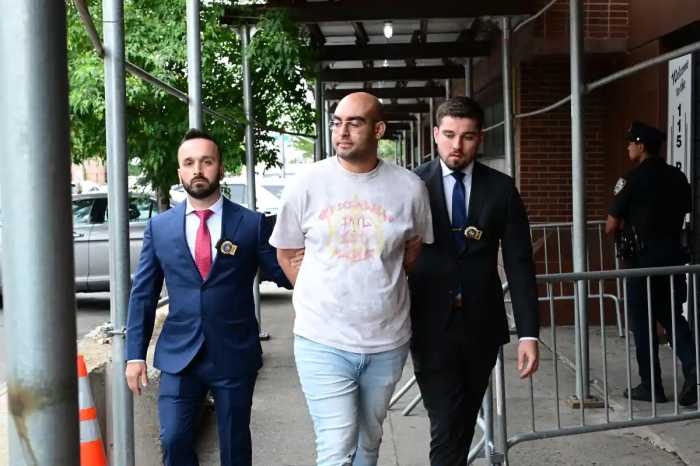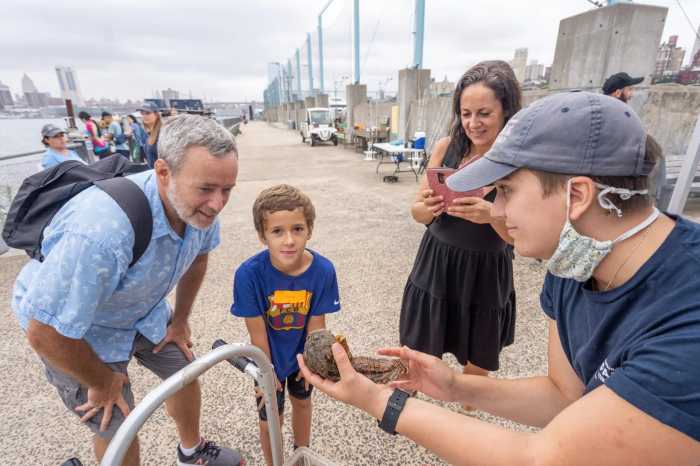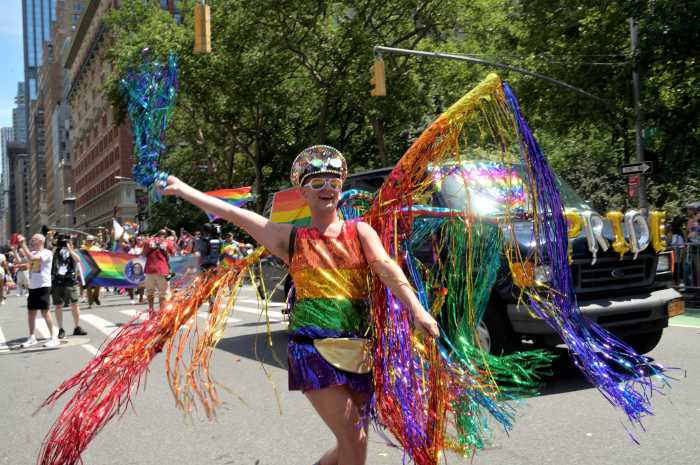Some skeptics complain that New York City’s speed and red light camera programs are part of a sinister plot to milk motorists for all they’re worth. But what critics misunderstand is that these life-saving programs offer the greatest safety benefit to drivers themselves.
The logic behind the cameras is simple: most drivers don’t run red lights. And those drivers, along with everyone else, are safer when the ones who do get caught.
In 2021, 45% of all traffic fatalities in the city happened at intersections. And the problem is getting worse: in the first nine months of 2023, red-light tickets increased 35% from the same period in 2019.
Naysayers argue the cameras “target drivers.” But it’s people in cars who benefit the most from the program. Consider this: pedestrian injury crashes at intersections with red light cameras fell to 130 in 2020, compared to an average of 208 in the three years before cameras were installed, a 37.5% drop. But crashes that injured motorists at those same intersections dropped to 799 from an astoundingly high average of 1,481, a drop of 46%.
In other words, motorists saw the greatest safety benefit of anyone on the road.
The claim that red light cameras are a city cash-grab is also misguided. In fact, the opposite is true; once cameras are installed, the number of violations quickly drops. From 2015 to 2020, program revenues fell every year, because people changed their behavior once cameras were in place.
And of course, if the program’s skeptics want to avoid being ticketed, they can simply follow the lead of the vast majority of drivers by not running red lights.
These statistics are not just numbers. Each fatality represents a previous life lost, like that of 18-year-old Shanti Joyner, a mom who was killed on Atlantic Avenue when a man sped through a red light and t-boned the car in which she was traveling.
This program isn’t about punishing those who use cars—it’s about keeping everyone safe, including motorists like Shanti. Injury-causing T-bone crashes like the one that killed Shanti fell 58% at intersections with cameras compared to the three-year period before cameras were installed.
Right now, the City’s Department of Transportation operates these cameras at just 1% of the city’s 13,500 intersections. The number of red light violations at those 150 intersections has declined by over 77% since the cameras were installed in 1994.
If we found the antidote to a deadly illness, would we give it to only 1% of patients? Of course not. That’s why I’ve introduced legislation to expand the cameras to 1,350 intersections citywide, so more New Yorkers are safe on our streets, whether they’re traveling by foot, bike, wheelchair, or motor vehicle.
Red light cameras, along with redesigned streets and transit investments, help create a transportation system that makes it safer and easier for New Yorkers to get to school, work, the doctor’s office, and everywhere else. New Yorkers understand this. That’s why 85% of voters surveyed support the red light camera program.
In the years I’ve been in office, I’ve attended far too many funerals for victims of deadly crashes. We owe it to Shanti and all New Yorkers—including drivers—to do everything we can to prevent more of those funerals in the future.





